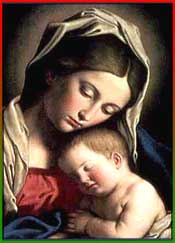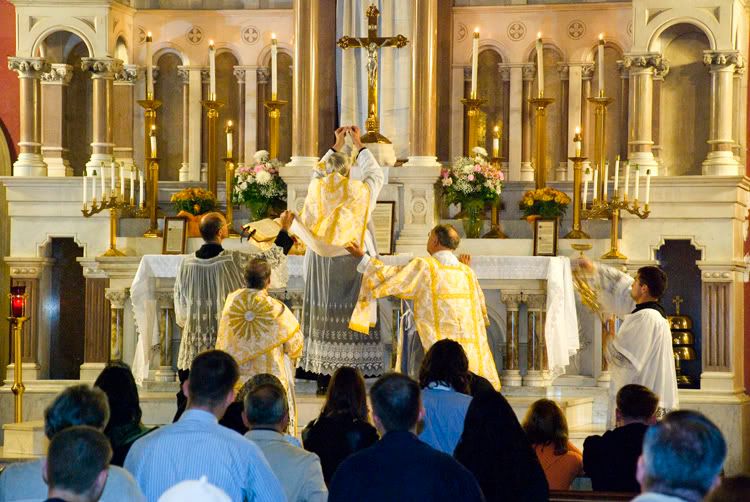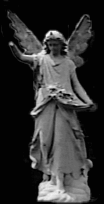Christmas Traditions

Christmas carols
The word "caroling" dates back to ancient Greece and the word choraulien, meaning "to dance to a flute." During the Middle Ages, carols were English and French dances accompanied by singing. In the French Midi, for example, the "carol" was a kind of round dance. Over time, the word "carol" has changed its meaning, and now refers only to certain kinds of songs.
The Anglo-Saxon tradition was to assemble small choirs on the village lawn to sing carols and Christmas songs for the pleasure of passers-by. A number of popular American Christmas carols came from France and England.

Christmas cards
Christmas cards are a Victorian creation that began in London, England, in 1843 and was helped along by the development of the public "Penny Post" and the speed with which the new railroads could deliver mail. They started out as a kind of stationery.
Sir Henry Cole, a British Postal Service worker, together with an artist he hired named John Horsley, created the first card. This early card showed a Christmas scene framed in three panels. The center panel was a home table scene -- children, parents and grandparents seated, with some raising their glasses for a toast. The side panels depicted acts of Christmas charity -- to the left, feeding the hungry; to the right, clothing the naked. Underneath was the now familiar phrase "A Merry Christmas and a Happy New Year to You."
At first the cards were almost exclusively religious, but they slowly branched out to include humor and non-religious sentiments.
In Germany, manufactured Christmas cards flourished in the 1860s. The earliest known Christmas card posted in Finland dates from 1871.
Christmas cards started in America just three years after being introduced in Britain -- 1846. But they made their real breakthrough in the 1920s. Advances in printing techniques added to the popularity of Christmas cards. This was also the time when red became the color most associated with Christmas.
 SACRED HEART CHURCH NEW HAVEN, CONNECTICUT
SACRED HEART CHURCH NEW HAVEN, CONNECTICUT













 Official Mascot of The League of Warm & Fuzzy Traditionalists
Official Mascot of The League of Warm & Fuzzy Traditionalists







4 Comments:
This is such fun info! I suppose it must fill all of the Catholic blogs, as important news seems to be at a standstill.
Interesting and delightful!
Very interesting information. Thank you.
Very interesting information. Thank you.
Post a Comment
<< Home